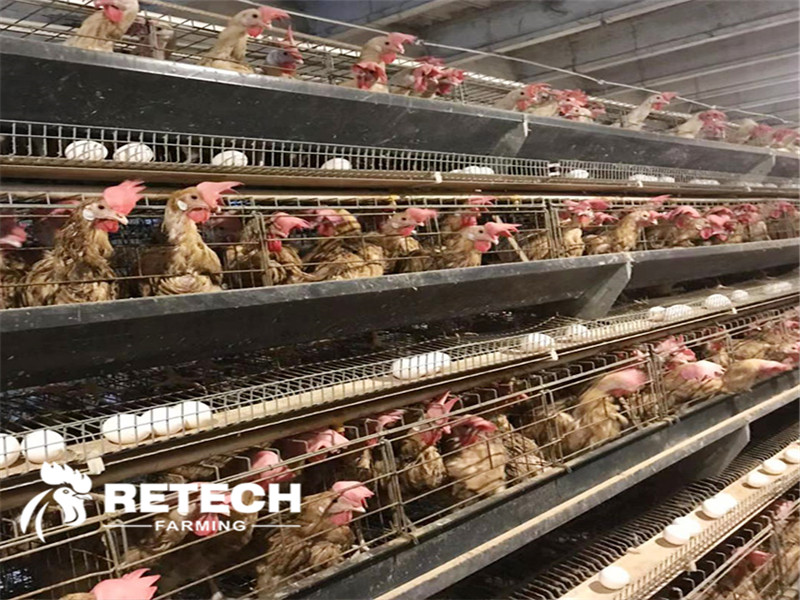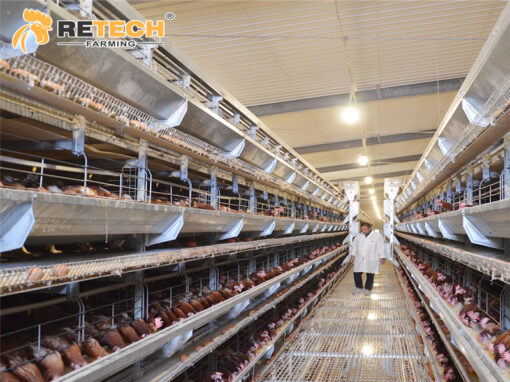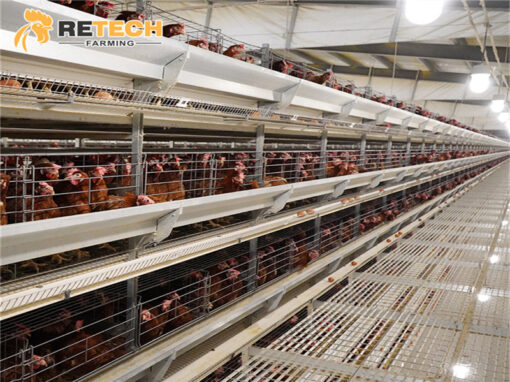The odor of poultry manure is mainly divided into four categories: sour, foul smelling, fishy and ammonia smell. Today, the four major categories of fecal odors are mainly analyzed.
1.Sour stool
When a sour taste is present in poultry manure, the condition is generally a disease of the stomach and intestines. For example: adenomyosis, enteritis, enterotoxicity and other symptoms. When the above symptoms appear in poultry manure, the color and shape of the manure will change to a certain extent.
For example: long strips of feces, or undigested feed, the uniformity of large groups of feces, different sizes, and the color of chicken legs are whitish, indicating the occurrence of adenomyosis. Tomato-like feces represent the possibility of enterotoxicity. If there are symptoms such as diarrhea, unformed feces, and shedding of intestinal mucosa, it represents the occurrence of enteritis.
Offers that want to improve or eliminate this situation. The first thing to do is to feed and manage, and then to observe and make accurate prevention and treatment according to the actual situation and the daily collar of the poultry.

poultry manure
2.Foul-smelling feces
In this case, it is generally caused by Escherichia coli. This situation is not caused by a single disease, but there are many reasons. For example: rearing conditions, bacteria, respiratory tract, influenza, viral Newcastle disease, etc.
If the above situation occurs in feeding, it must be treated in time to control the disease in the bud.
3.Fishy stool
Most of them are directly related to viruses, such as colds, atypical Newcastle disease, atypical influenza, and viral enteritis. The occurrence of the virus is directly related to the invasion of temperature, ventilation and thieves.
It is easy to occur in the alternating seasons of autumn and winter when the weather changes greatly. To completely cure, it is necessary to strengthen feeding management and improve the immunity and antiviral ability of poultry. At the same time, antiviral influenza drugs must be added.
4.Ammonia-smelling stool
It has the most direct relationship with management. The temperature in the house is high and the ventilation is poor, which is prone to high ammonia gas. Or when the chicken has diarrhea and kidney disease, it is easy to cause excessive ammonia gas.
Ammonia is a poisonous, colorless gas with a strong pungent odor. According to some sources, ammonia and wet litter can cause disease in chickens.
The closer the ammonia is to the litter, the higher the concentration, which is where the birds are. Ammonia dissolves in the liquid around the eyes of the chickens, causing strong irritation, and if the concentration is too high, the eyes of the chickens will become blind.
Other disadvantages of wet litter and high ammonia concentrations include increased foot lesions, chest blisters, skin burns and scabs. Now the highest incidence of chicken chronic respiratory disease, ascites, swollen head syndrome, etc., are closely related to air quality.

H Type layer cage
Farmers should pay attention to the smell of poultry manure to better manage chickens.


